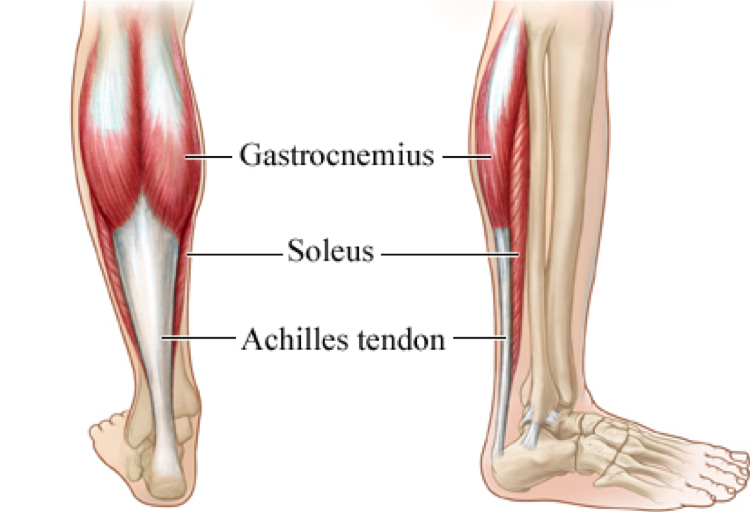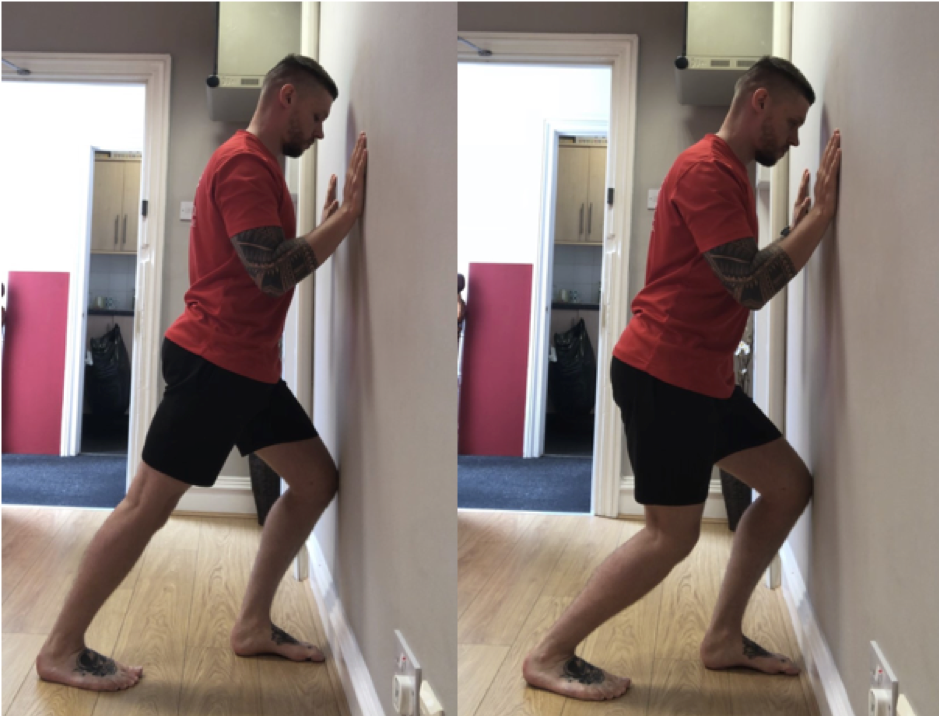The Secret Driver in Running Athletes - Soleus
Posted on 9th October 2023 at 15:12
In the world of running, athletes often direct their training efforts toward prominent muscles like the quadriceps, hamstrings, and calves. Yet, amidst this focus, a crucial muscle often remains in the shadows, quietly playing an important role in a runner's performance – the soleus!
Nestled in the lower leg, the soleus is a compact powerhouse that doesn't always get the attention it deserves. In this blog, we’ll shed some light on the significance of the soleus in running and why athletes should prioritise its development and conditioning.
Understanding the soleus

The soleus muscle, residing beneath the larger gastrocnemius muscle in the calf, originates from the fibula and tibia, forming the Achilles tendon. Unlike the gastrocnemius, which spans both knee and ankle joints, the soleus solely influences the ankle joint.
During running, the soleus becomes a hero, propelling the body forward by extending the ankle joint and pushing off the ground. Its engagement in every stride maintains balance and stability throughout the running gait cycle.
The role in speed and endurance
In the pursuit of speed, runners often increase force to extend stride length, and sprinters elevate speed by increasing stride frequency, albeit with a mild compromise on ground contact forces. Surprisingly, research by Dorn et al (2012) highlights that the soleus, not the more prominent calf muscles, produces the majority of the force at the ankle during ground contact.
Additionally, the soleus, primarily composed of enduring slow-twitch fibres, contributes significantly to long-distance running. Its resistance to fatigue enables athletes to maintain efficient running form over extended periods. Strengthening the soleus enhances endurance, power generation during push-off, and stabilises the ankle joint, reducing the risk of injuries such as sprains.
Training the Soleus
To harness the benefits of the soleus muscle, targeted exercises are key. Consider incorporating the following into your training regimen:
Calf raises: Stand on an elevated surface with heels hanging off the edge. Raise and lower your heels, targeting various calf areas by adjusting knee positions.
Soleus stretch: Adopt a split stance with the back heel on the ground. Bend the back knee and lean forward, feeling the stretch in your soleus. Hold for 30 seconds and switch sides.
Hill training: Integrate hill sprints or uphill running, intensifying the soleus workout and enhancing strength and endurance.
Remember, gradual progression in intensity and volume is crucial to prevent overloading the muscle. If you're uncertain about your training plan, consulting with a qualified trainer or physical therapist can provide personalised guidance.
Perfecting the Soleus stretch
Split Stance: Begin with a split stance, both feet forward.
Foot Position: Bring the back foot closer to the front foot during the stretch.
Bend the Knee: Unlike the straight knee position, bend the back knee.

See the difference? This slight adjustment ensures you're targeting the soleus effectively, maximising the benefits of your stretching routine.
If you’re a runner you almost certainly need and deserve a sports massage to keep you in top form! Contact our friendly team of experts to get assessed and booked in!
Share this post:

